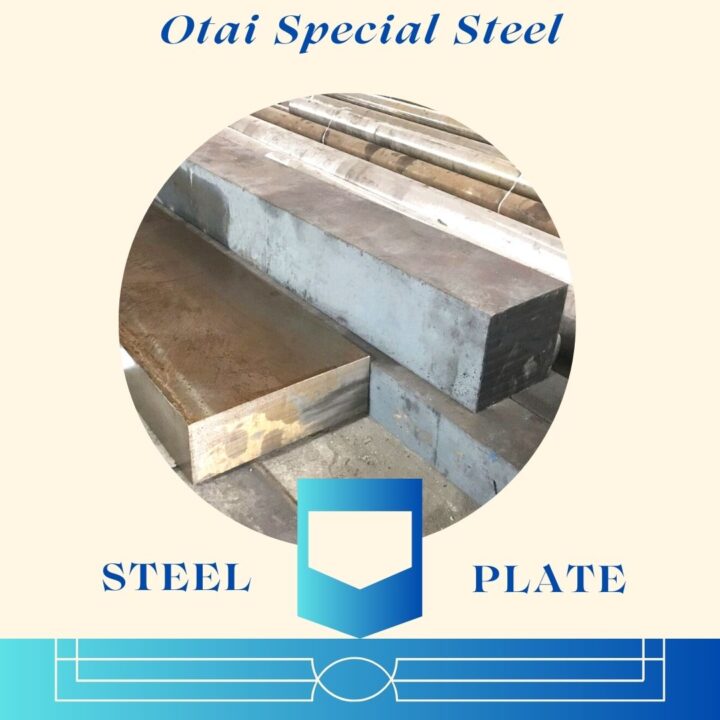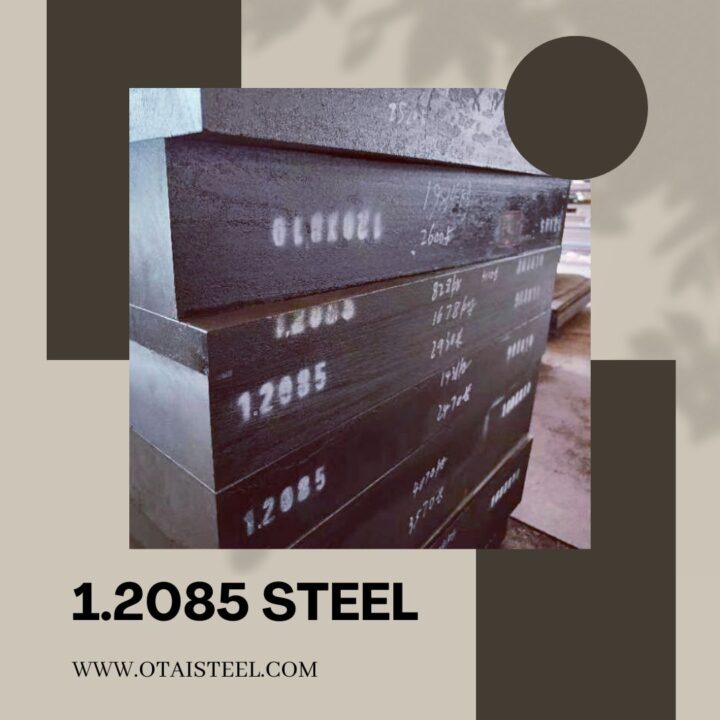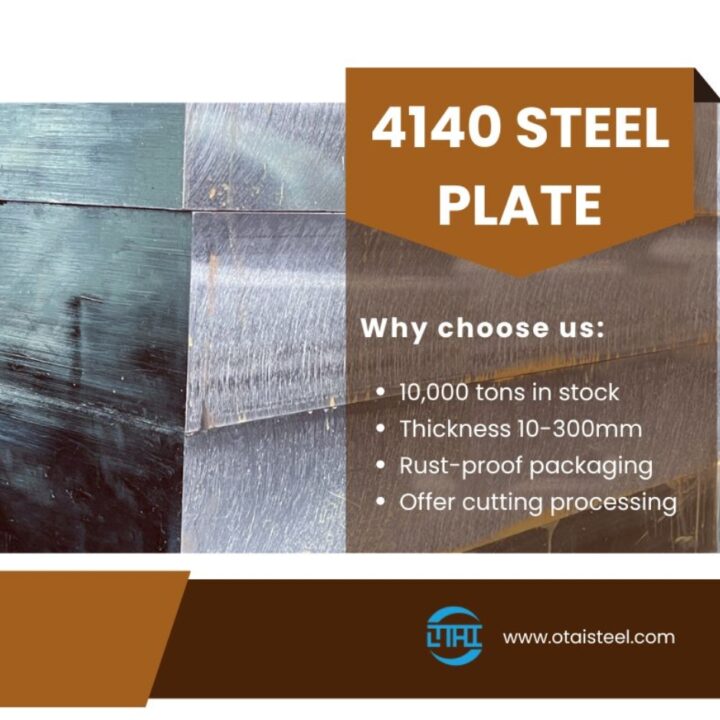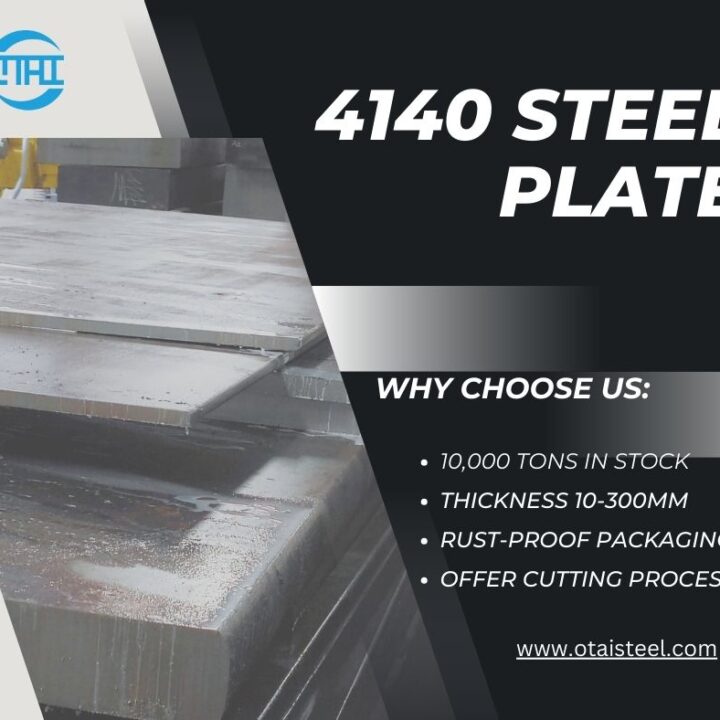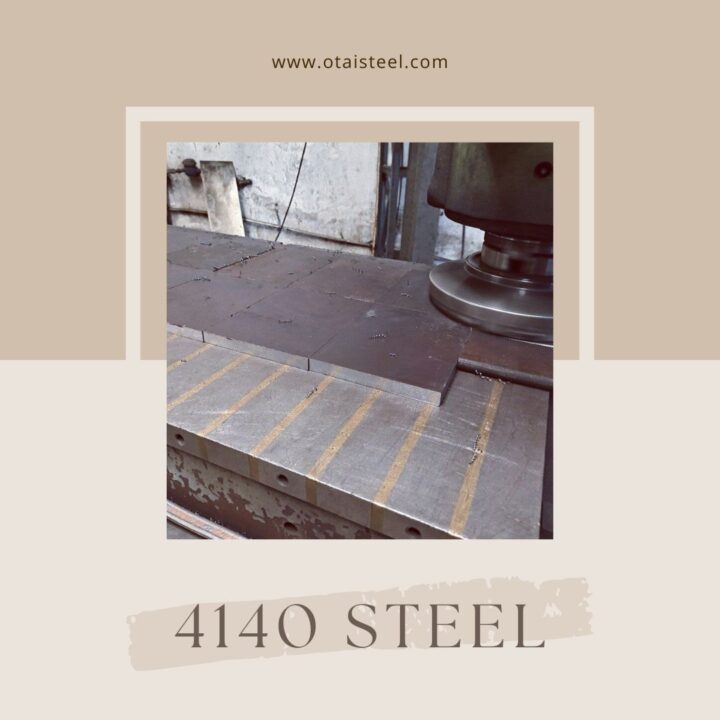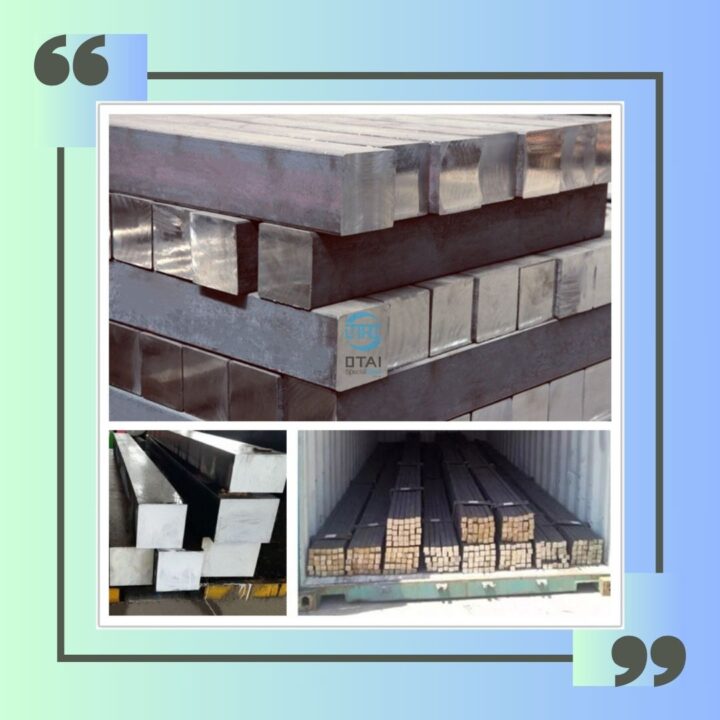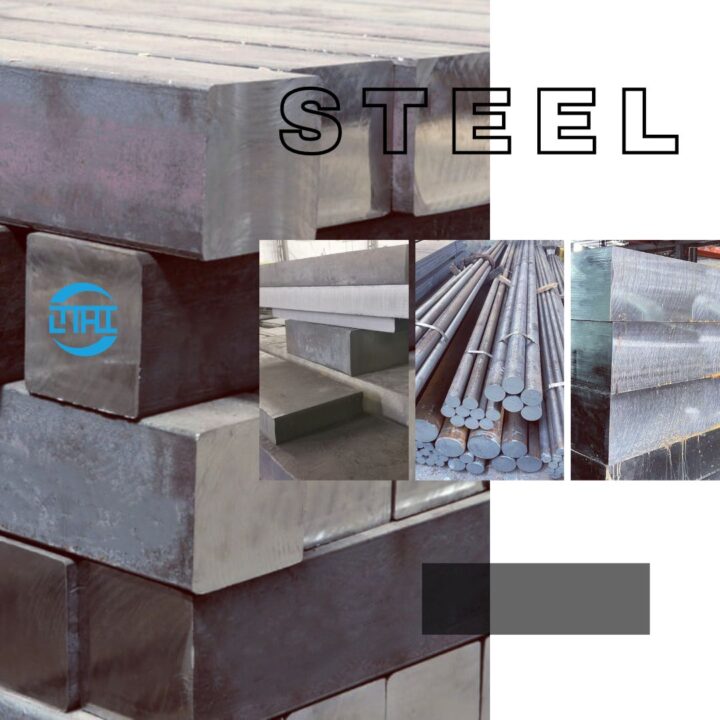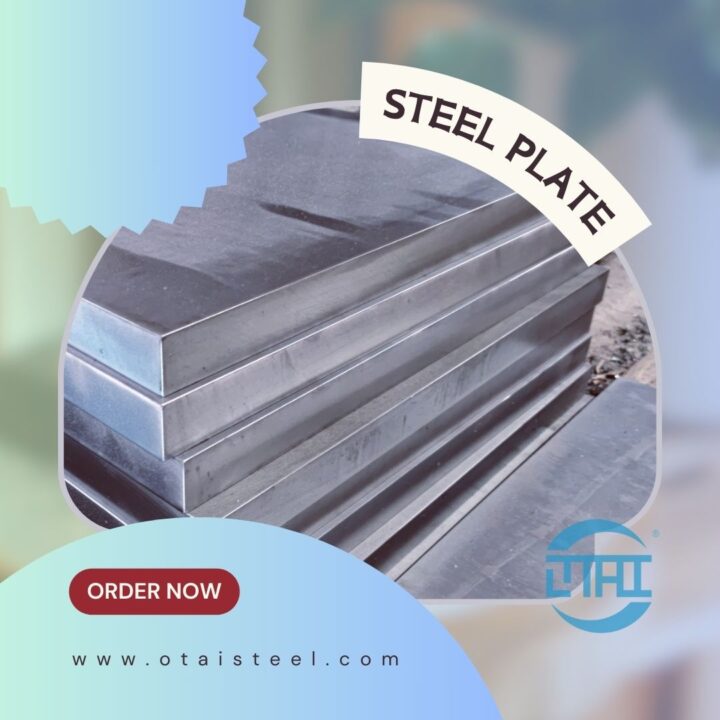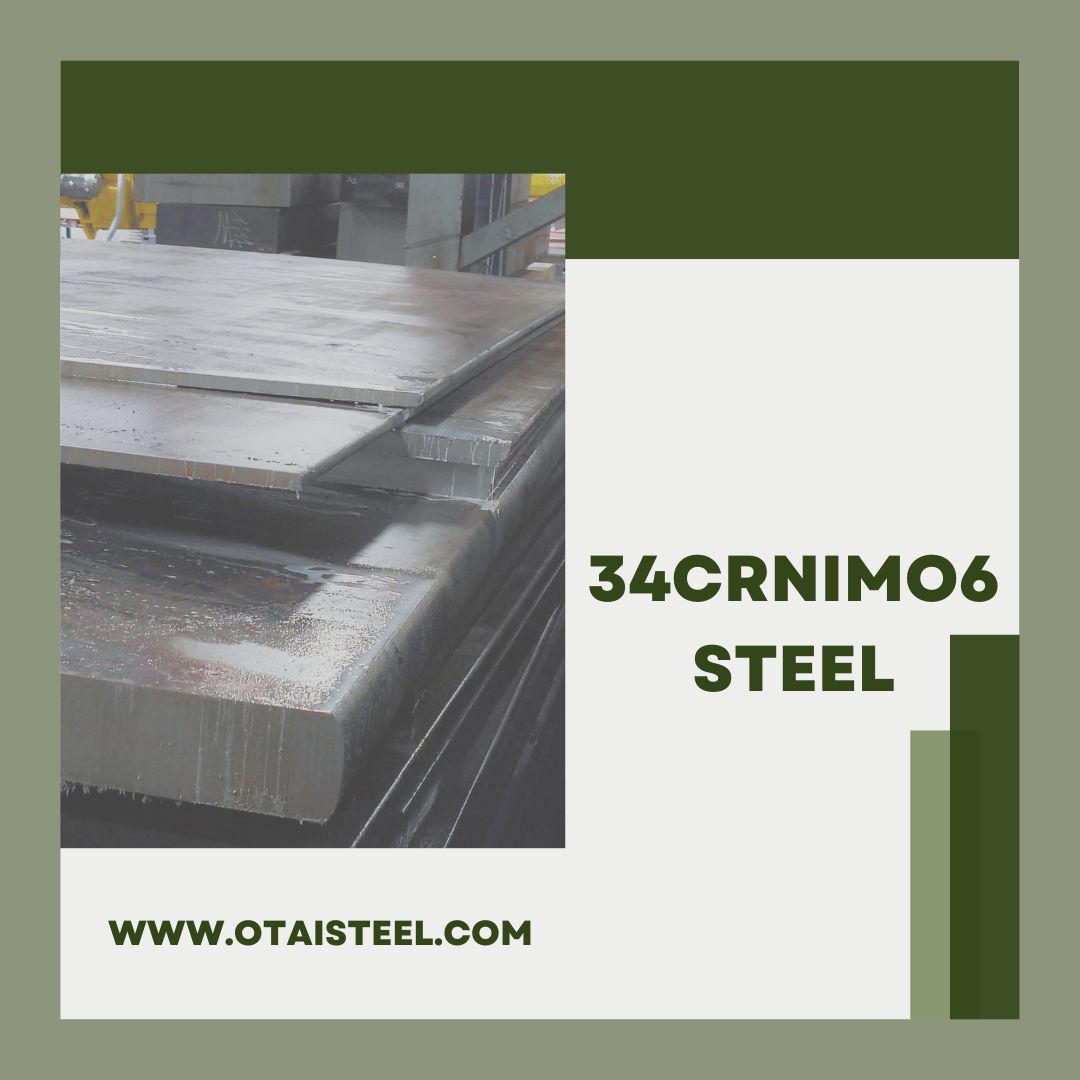 34CrNiMo6+QT is a high-strength, low-alloy steel known for its exceptional mechanical properties. The designation “34” signifies its average carbon content (0.34%), while “Cr” and “Ni” indicate the presence of chromium and nickel, respectively. “Mo” stands for molybdenum, which further enhances its strength, and “QT” refers to quenching and tempering, a crucial heat treatment process.
34CrNiMo6+QT is a high-strength, low-alloy steel known for its exceptional mechanical properties. The designation “34” signifies its average carbon content (0.34%), while “Cr” and “Ni” indicate the presence of chromium and nickel, respectively. “Mo” stands for molybdenum, which further enhances its strength, and “QT” refers to quenching and tempering, a crucial heat treatment process.
Properties of 34CrNiMo6+QT
- High Strength: One of the primary characteristics of 34CrNiMo6+QT is its remarkable strength, making it suitable for demanding applications in various industries.
- Toughness: This alloy possesses excellent toughness, making it resistant to fracture and fatigue even under high-stress conditions.
- Wear Resistance: 34CrNiMo6+QT has good wear resistance, which is vital for components subject to abrasion.
- Corrosion Resistance: Thanks to the presence of chromium and nickel, it exhibits decent corrosion resistance. But it may not be suitable for highly corrosive environments.
- Machinability: While it is machinable, it may require specialized tools and techniques due to its high strength.
Applications of 34CrNiMo6+QT
Due to its impressive properties, 34CrNiMo6+QT finds applications in various sectors, including:
- Aerospace: It is used in the manufacturing of critical components in aircraft and spacecraft.
- Automotive: In the automotive industry, this steel is utilized for high-stress components such as crankshafts and gears.
- Heavy Machinery: The alloy is commonly found in the construction and mining equipment for its durability and strength.
- Oil and Gas: Components used in drilling and extraction processes benefit from the toughness of 34CrNiMo6+QT.
- General Engineering: It is widely used in engineering applications where a balance of strength and toughness is required.
Heat Treatment and Processing
The “QT” in 34CrNiMo6+QT stands for quenching and tempering, a heat treatment process that enhances its properties. After the initial forging, the material is quenched in a liquid medium to rapidly cool it, followed by tempering to achieve the desired balance of hardness and toughness.
